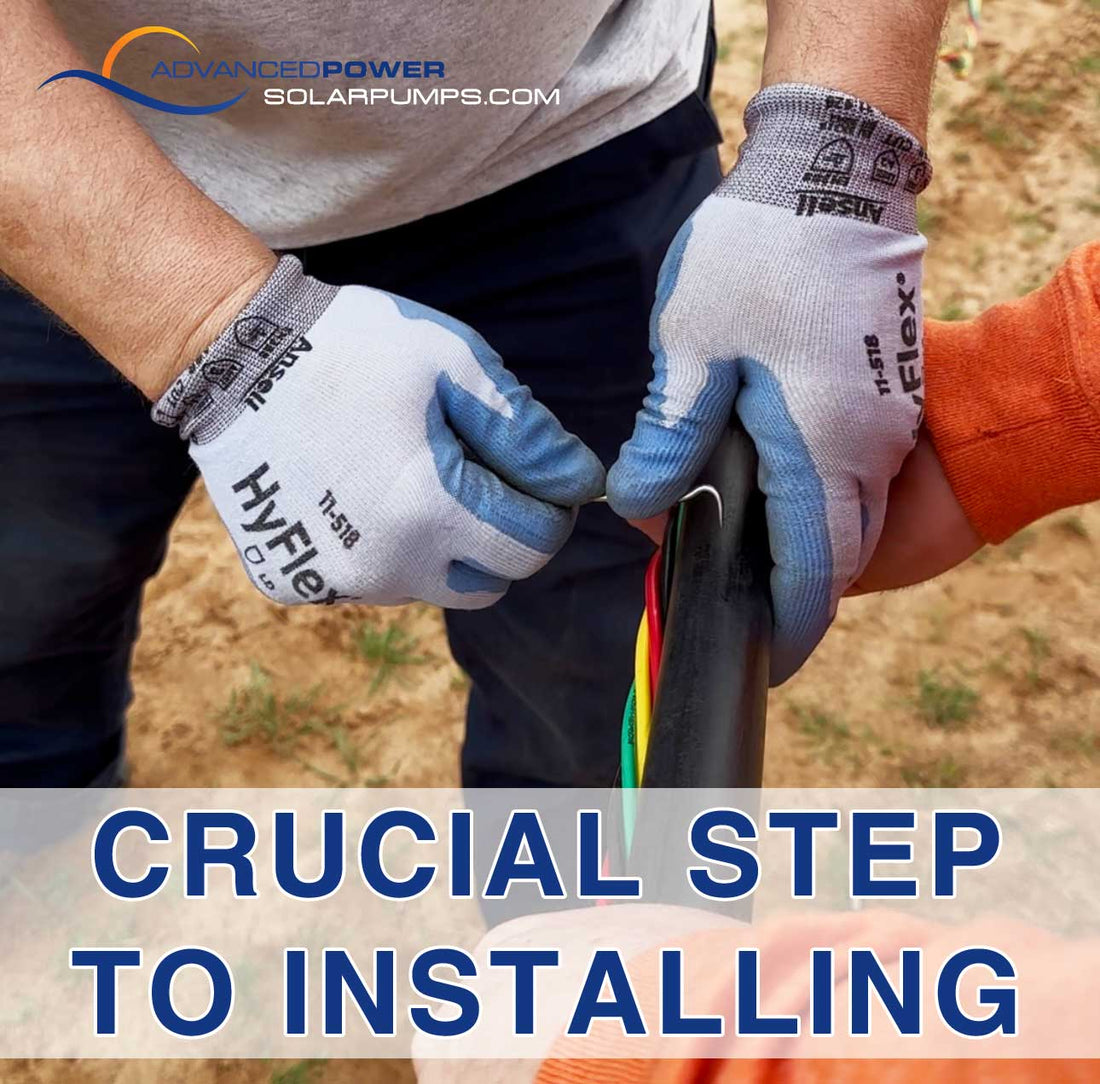
What is a Weep Hole & How Does it Help Solar Water Pump Installs
Share
A weep hole in the context of a solar pump installation refers to a small hole or drainage outlet designed to allow excess water to escape from a pump housing or system. It’s commonly found in submersible pumps, especially when used for pumping water from wells, ponds, or reservoirs.
During freezing temperatures, weep holes are essential in making sure the solar water pump does not get over pressured. Over pressuring your water pump can cause damages resulting in pump failure and repairs.
A small but very important step to installing your solar water pump system correctly. Be sure to check out our other article on Winterizing Your Systems.

Purpose of a Weep Hole:
- Prevent Water Accumulation: During the operation of a solar pump, especially submersible ones, moisture can sometimes accumulate inside the pump casing due to condensation or water infiltration. The weep hole allows this water to escape, preventing it from building up inside the pump or its housing.
- Avoid Corrosion: If water gets trapped inside the pump system or motor housing, it can lead to rust or corrosion, which can damage the pump components. The weep hole helps to mitigate this risk by allowing the trapped water to drain out.
- Maintaining Performance: If water is allowed to accumulate and isn’t drained away, it could potentially affect the performance of the pump. The weep hole ensures that the pump operates efficiently over time without water buildup interfering with its mechanics.
- Allowing Airflow: The weep hole can also aid in allowing airflow inside the pump casing, ensuring that any trapped moisture evaporates and doesn't cause issues like mold growth or electrical short-circuits in certain pump types.

Location of a Weep Hole:
- In submersible pumps, the weep hole is typically located at the bottom or side of the casing, where excess water is most likely to accumulate.
- In surface-mounted pumps, the weep hole may be located in the pump’s housing or casing to allow moisture to escape.

Why It’s Important:
Without a weep hole, water might collect in parts of the pump where it shouldn't be, potentially causing issues like:
- Increased wear and tear.
- Reduced lifespan of the pump.
- Potential motor damage due to water intrusion.
In summary, a weep hole in a solar pump installation is a simple but crucial feature to ensure the long-term effectiveness and durability of the pump by allowing excess moisture to escape and preventing potential damage to the system.

